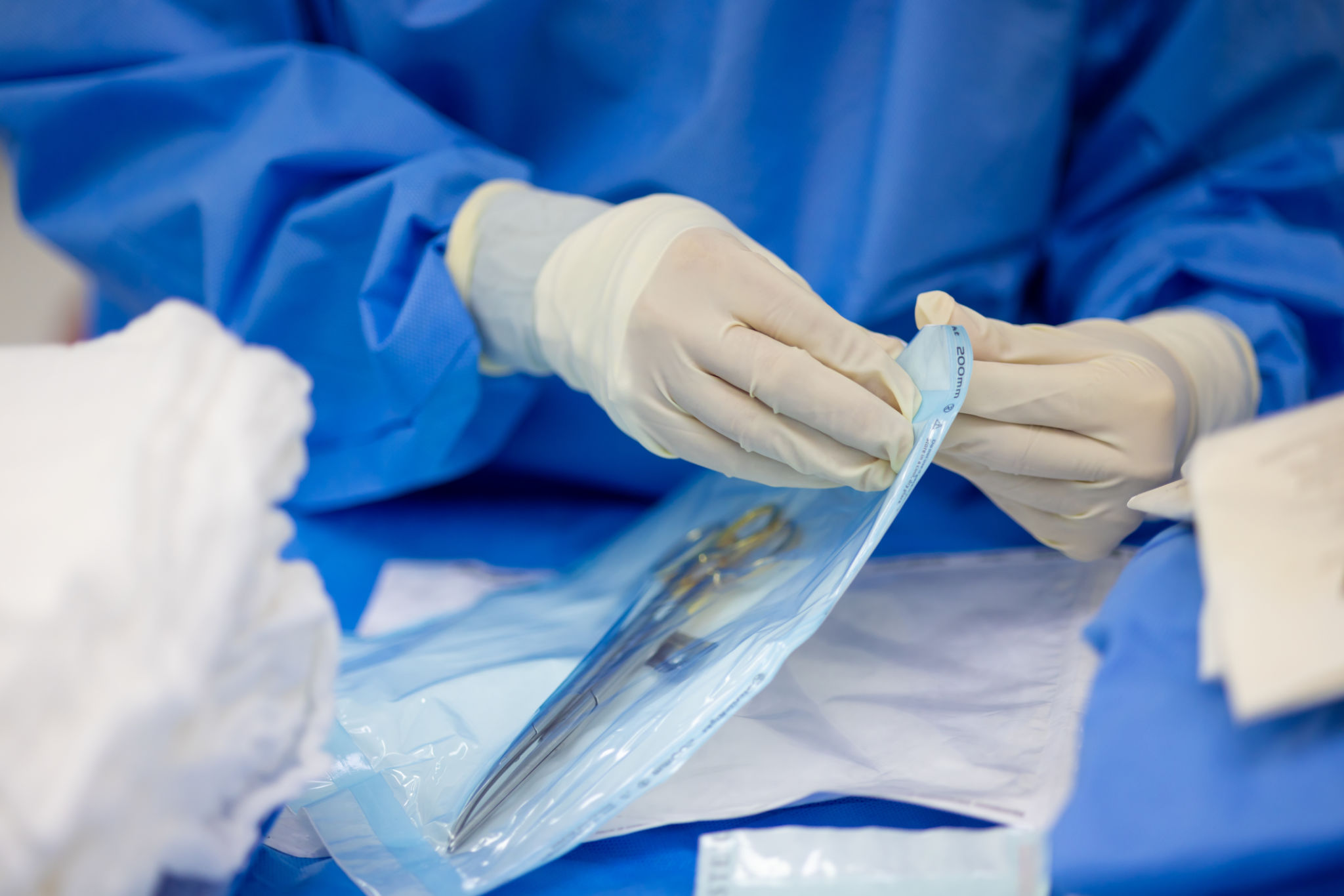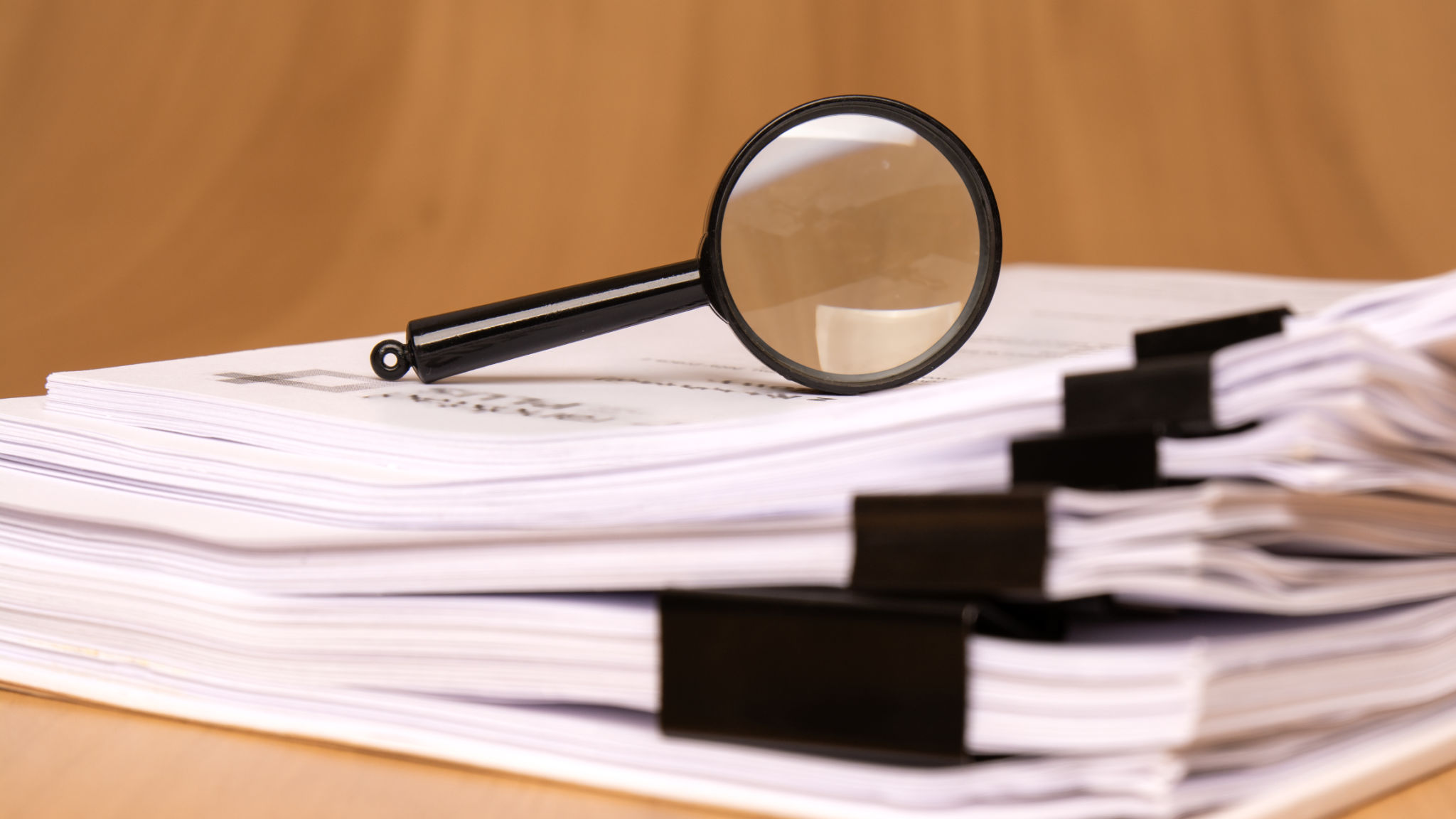How to Validate Medical Equipment for Optimal Performance
Understanding the Importance of Medical Equipment Validation
In the healthcare industry, ensuring that medical equipment functions correctly is critical for patient safety and quality care. Validating medical equipment involves a series of checks and tests to confirm that devices operate as intended. This process not only enhances performance but also complies with regulatory standards, reducing risks associated with equipment failure.
Validation should be a routine part of equipment maintenance and management. It helps in identifying potential issues before they result in malfunctions, ensuring that healthcare providers can rely on their tools to deliver accurate diagnoses and treatments. Regular validation also extends the lifespan of the equipment by preventing wear and tear from unnoticed faults.

The Validation Process: Key Steps
Initial Assessment
The first step in validating medical equipment is conducting an initial assessment. This involves gathering all necessary documentation, including user manuals, maintenance records, and manufacturer guidelines. Having a clear understanding of the equipment's specifications and intended use is essential for setting validation parameters.
Performance Testing
Once the preliminary assessment is complete, the next phase is performance testing. This step involves running the equipment under normal operating conditions and measuring its output against expected results. Performance testing can uncover discrepancies that might indicate underlying issues.

Calibration and Adjustment
If performance testing reveals deviations, calibration and adjustment are necessary to align the equipment with its specified operational standards. Calibration ensures that instruments measure accurately, while adjustments fine-tune the device's functionality to meet prescribed norms.
Documenting and Reviewing the Validation Results
After completing the validation process, it is crucial to document all findings meticulously. Comprehensive documentation serves multiple purposes: it provides a record of compliance with industry standards, assists in future troubleshooting, and helps in planning maintenance schedules.

Moreover, regular reviews of validation records can offer insights into patterns of equipment performance, highlighting recurring issues that may require attention. By analyzing these results, healthcare facilities can make informed decisions about equipment upgrades or replacements.
Regular Maintenance and Re-Validation
Validation is not a one-time task but an ongoing process that should be integrated into the regular maintenance schedule of medical equipment. Re-validation ensures that any changes in operating conditions or wear over time do not compromise device performance. It is advisable to establish a re-validation timeline based on equipment usage intensity and manufacturer recommendations.
In conclusion, validating medical equipment is a fundamental practice that safeguards both patient safety and operational efficiency in healthcare settings. By following a structured validation process, healthcare providers can ensure that their tools remain reliable and effective, ultimately enhancing the quality of care delivered to patients.
